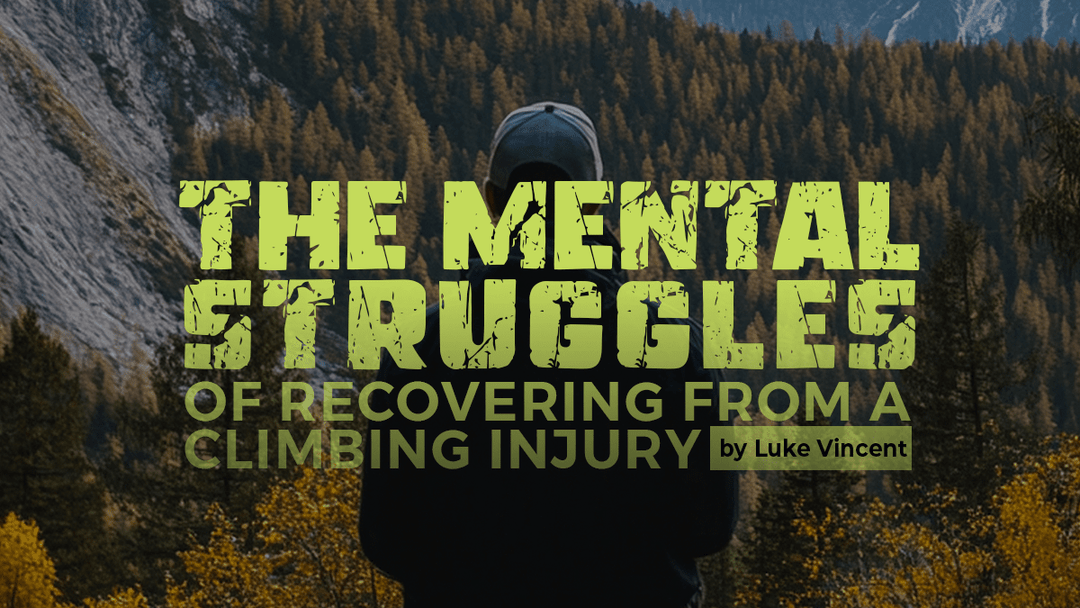Why are Climbing Shoes Curved?

The shoes you wear when you climb serve as the medium between you and the rock. If you wear a shoe that does not help you specifically, your potential climbing ability is held back. If you have a passion for climbing, you must take care when choosing your gear, especially your shoes. Not all climbing shoes have the same features or even the same shape. Once you begin the search for your ideal shoe, you may notice that there is a varying degree of downward curve or flatness to each shoe. If you are new to climbing, you may find this odd. There are many benefits to a downward curved climbing shoe, and it is important to ask yourself if they are the best choice for you.
A downward curve in a shoe puts a climber at a significant advantage when it comes to hooking, and holding the rock. There is a sharper concentration of strength able to be transferred to your inside edge. Curved shapes are more optimal for strength than flat shapes. The curve forces your toes into a pointed position, so unlike a flat shoe, your foot is kept in a position that facilitates hooking holds with your toes.
If you are wearing a flat shoe, it is inevitable that when you hook a hold, your toes will turn upward. Even if it is slight, there is power lost when your toes don’t maintain a grip and point. That applies to both overhanging routes, or when stepping to rock up onto a hold on a less steep route.
When you find a pair of downward curved climbing shoes you like, examine to see if they have a gripped, sticky, or rubber toe. Those features maximize a shoe’s potential. A downward curve shape also gives relief to your arms by centering your strength lower, and more completely in the legs and feet. Once you have gained experience in climbing, you begin to discover and appreciate the nuances of how you and your shoe work together. With any climbs that are not completely vertical, downturned, or curved climbing shoes are your greatest ally.
The amount of downturn in a shoe dictates its “aggressiveness.” If you are a climber who is just beginning, starting with flat shoes proves to be more comfortable. Shoes that are flat have thicker soles, and they will not put extra pressure on your toes. If you are an experienced climber, but you are looking for comfortable, all-day shoes for multi-pitch climbs, flat shoes will serve you well.
There are different degrees of downward curves among the various shoes. A way to determine how much of a curve you require is to think to the extent of steepness, or aggressiveness your climbs tend to be. For those who climb mostly indoors, a moderately downward curved shoe is the best option, since most indoor routes are somewhat slanted.
For overhanging climbs, the best shoe is one with a stronger downturn. If you deal with steep climbs and bouldering, the more intense the downturn to your shoe, the better. As you become a more advanced, serious climber, the degree of downturn you desire for your climbing shoes will increase.
More recently, there have been advances in downturned and curved climbing shoes that allow for more comfort. The Acro from Butora, is the one of the latest and most innovative downturned climbing shoes with loads of features that promise comfort and innovation. You needn’t compromise your comfort if you choose this downturned shoe.





